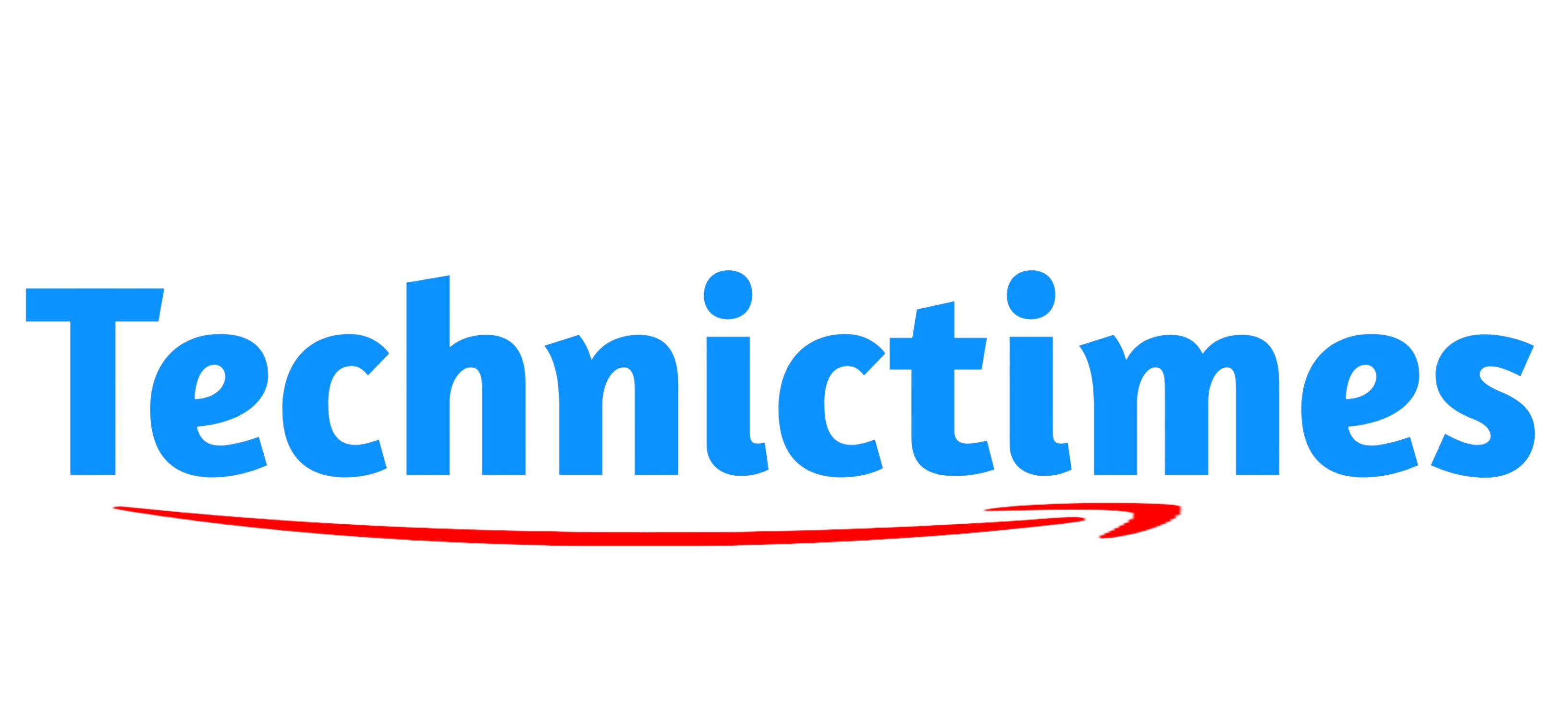When you discover all the tasks a 3D printer can do, you might feel enthusiastic about purchasing one. The variety of objects you can create with 3D printers—including figurines, smartphone cases, and an unlimited array of other items—makes them fancy.
3D printer specs come in various sizes, functions, and technological configurations. Therefore, read this post to learn about 3D printers before purchasing.
Types of 3D Printers
FDM printers, or fused deposition modelling printers
S. Scott Crump pioneered FDM technology, which was subsequently commercialised in 1990. Fused Filament Fabrication (FFF) is an acronym for FDM that was developed to provide a name that could be used without violating any laws.
Computer-aided design (CAD) files must be translated to a setup that a 3D printer can comprehend, often the STL design, to manufacture an object with an FDM printer. These printers use both modelling materials and support materials. While the support material supports the thing while printing, the modelling material creates the finished product.
These substances come from an uncoiled thermoplastic filament fed through an extrusion nozzle. The filaments are melted by the nozzle and placed on a base or build platform. Computer control over the build platform and nozzle produce the X, Y, and Z coordinates that need to be adjusted during printing. The nozzle glides horizontally and vertically over the base, creating a thin plastic layer that, as it cools, hardens and adheres to the layer below it. The following plastic layer is then formed by lowering the foundation until the entire design has been created. Removing the finished thing from the printer is the last step in producing an object using FDM technology. This is accomplished by either manually breaking off the support base or immersing the object in a mix of water and detergent. The item may be painted, sanded, or lacquered as preferred to enhance the appearance.
Stereolithography (SLA) (SLA)
A UV light beam is shone on resin or any other photosensitive liquid during the SLA printing process to cause the area to harden and produce the desired model. Compared to FDM printed things, this approach makes superior-quality final products. Similar technology is employed by SLA printing and other less complex 3D printing techniques such as LCD and Digital Light Processing (DLP).
Selective Laser Sintering (SLS)
Similar to SLA, the SLS printing model likewise employs a method. The sole distinction is that SLS utilises powders rather than photosensitive liquids and lasers in place of ultraviolet light beams. To form a solid model, the laser melts and fuses the powder.SLS printing is a 3D printing technique that can produce metal models and objects.
Features, Consider the features you want your printer to have as you choose the type of printer you wish to purchase. To avoid overheating or the production of excess filament, some FDM printers allow you to cool the nozzle after printing. Other printers will enable you to move the nozzle away after printing.
Which 3D material should be used to create the final 3D model? Your choice of material and 3D printer will depend on what you intend to print. The types of materials used with every kind of 3D printer vary. The character before elements differs significantly from one another. Before buying a 3d printer online, check for safety features, especially if you want to use them at home or in settings where kids can get to them. It would be best to take extra precautions to prevent severe burns because 3D printers operate with heat. While some 3D printers remove the nozzle as you pause or stop printing, others include enclosures surrounding the print surfaces.

